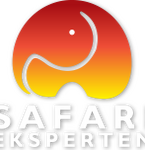
Botswana’s Amazing Wilderness
In a very well equipped 4x4 safari vehicle and a professional local guide, you won’t be stopped by a submerged bridge or a bad road, this tour will take you on a fantastic safari with plenty of animals and excitement along the way.
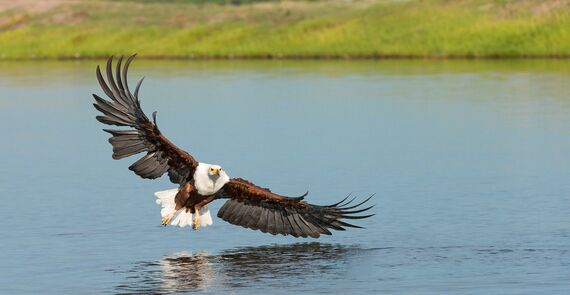
TOUR HIGHLIGHTS
- The incredible Victoria Falls, one of the world’s biggest waterfalls
- A boat tour on the Chobe River and a walking safari along its banks
- Wide open views over the Nxai Pans with its beautiful, dry savannah and classic big game animals
- The outstanding Okavango Delta, where the clear river waters run into the desert sands
- Viewing many animals on safari in the Khwai-concession and the Moremi Game Reserve
- Chobe National Park, where the many elephants rule the day
- Hwange National Park
This wonderful tour takes you to two different countries. Starting in Botswana and ending in Zimbabwe, most of the tour will be in Botswana’s beautiful reserves and national parks, where you really feel close to the wilderness. Botswana has some of the most exclusive wilderness areas in Africa, and this safari offers many different impressions and plenty of exciting game drives. The tour ends at one of the biggest waterfalls on earth, the truly impressive Victoria Falls.
The River Chobe and Africa’s best population of elephants
During the tour you will visit the Chobe- river and National Park, where amongst its many attractions, you can experience the most dense population of elephants in Africa. Many come to the life giving river to drink, especially in the dry season.
The rich animal life of Hwange National Park
You will also visit Hwange National Park, which is renowned for its many animals, and the conservation work done by the park to help save the African Wild Dog.
The unique Okavango Delta
The safari takes you to the game rich Moremi reserve and the privately owned Khwai-concession in the Okavango Delta. The delta itself is one of the most unique wildlife areas in the world. It is the world’s biggest inland river delta, here the mighty River Okavango does not flow into the sea, but its waters are swallowed by the Kalahari desert in a labyrinth of different channels. In the varied wetlands, with their many small islands and huge areas of reeds and papyrus, live a multitude of fascinating animals.
The fantastic Victoria Falls
The tour ends at the impressive Victoria Falls, where adventurous types can enjoy some real adrenaline rushes taking part in some of the many activities on offer here.
Spacious Safari Vehicle
On a fully booked tour of 12 participants you will drive in a large 4x4 safari vehicle. The guide will make sure you change seats regularly, so the sun and wind is shared evenly, as there are not window seats for everyone.
Itinerary
DAY 1: DEPARTURE FROM EUROPE
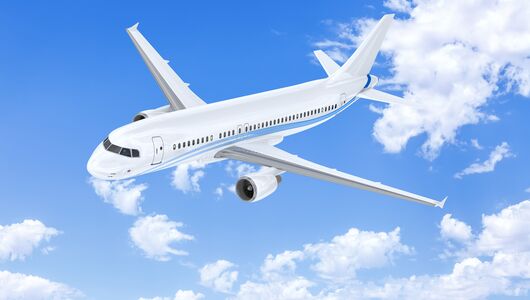
You will fly to the airport at Maun in Botswana, via an European airport and Johannesburg
Meals and drinks will of course be included on your flight.
DAY 2: ARRIVAL IN MAUN; BOTSWANA
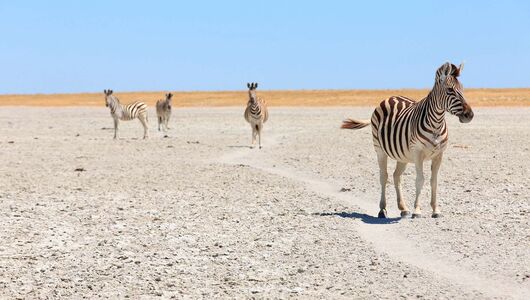
You will arrive in Maun airport in the early afternoon. At the airport you will be met by your driver/guide, who will drive you to your lodge in the small, charming town of Maun. The name Maun comes from the word “maung” in the San language, and means a place where low reeds grow. You will have the rest of the day free. You could relax by the lodge’s swimming pool, or perhaps book a “sunset cruise” on the River Thamalakane. At 18:00 you will meet your guide and the other participants on the tour, and the guide will tell you more about what to expect on the exciting safari you are just about to embark on. Dinner is not included, so you can choose to eat at the lodge or in one of the many restaurants in town.
DAY 3: PLANET BAOBAB, BOTSWANA
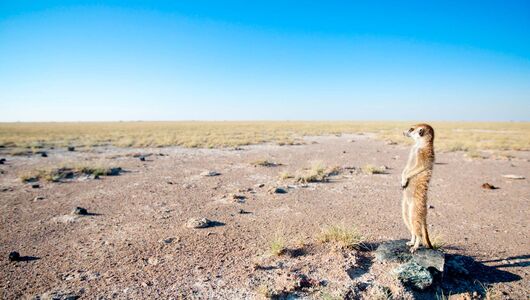
After breakfast you will drive east to the Makgadikgadi Pans district, which is famous for its wide open vistas, huge baobab trees and remarkable biodiversity. On arrival at the lodge, you will be shown to one of the lodge’s cottages, where you will spend the next couple of nights.
After you have settled in, there will be time to stretch your legs on a guided tour through the baobab trees. The guide will tell you about the fascinating biology of the baobabs, the geology of the surrounding landscape, and the incredible ecosystem you find yourself in.
Overnight at Planet Baobab (or similar). Lunch and dinner included.
Distance driven during the day: circa 210km
DAY 4: PLANET BAOBAB, BOTSWANA
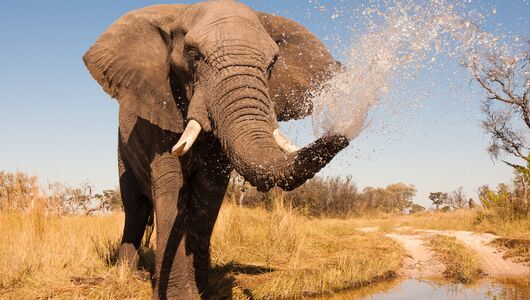
After breakfast the tour will either take you out to Nxai Pan (if you are visiting between December and May) or the Ntwetwe Pan (if you are visiting between June and November), which are fossil lake beds in the midst of the dry Makgadikgadi ecosystem. In places these salt flats are covered in short, nutritious grass and islands of acacia trees, which attract many antelopes and other animals that are adapted to this dry habitat.
The nature here is amazingly varied, and enough food is available to support a relatively large population of predators, which you may be lucky enough to hear during the night. Lunch will be prepared by your guide underway, while dinner will be eaten back at the lodge.
You will arrive back at the lodge in the afternoon, where you will have time to relax by the swimming pool.
Overnight at Planet Baobab (or similar) including full board.
DAY 5: NXAI PAN TO KHWAI
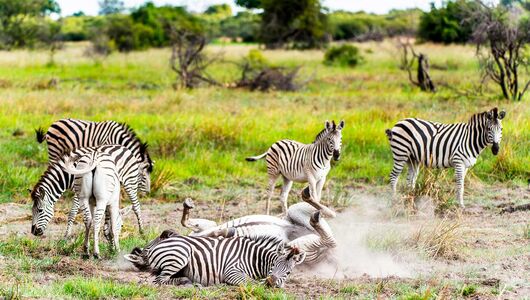
This morning you will travel back via Maun, the last “bastion” before the enormous Okavango Delta, to our next camp. The camp lies in a privately owned concession in the so-called Greater Moremi Region, which is owned by the local Khwai people, who live on the fringes of the delta itself. The Khwai-concession is renowned for its large concentrations of animals and offers fantastic safaris.
You will stay overnight at Bedouin Camp (or similar) with full board. After dinner there will be a night game drive, where you will look for the nocturnal animals that become active after darkness falls, and are rarely seen during the day.
Distance driven during the day: circa 330km
DAY 6: KHWAI AND MOREMI GAME RESERVE
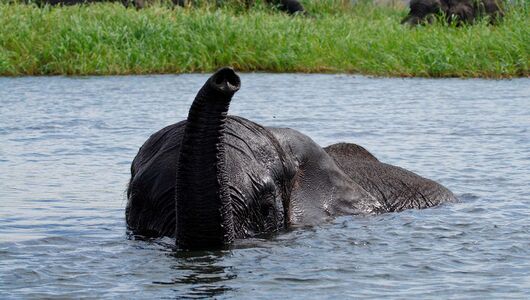
Mornings are really magical in Africa. It is still cool and you will feel fresh after a good night’s sleep. After a hearty breakfast you will be again ready to get out into the bush. You will spend the day in the famous Moremi Game Reserve. The whole day will be spent on an exciting safari, on which you can experience life in the African bush, where the carnivores are king, from a front row seat. Here, only the strongest, fastest, most cunning animals, or those that can just disappear in the throng, survive.
Moremi Game Reserve is regarded as one of the most beautiful and varied reserves in Africa, and has an impressive multitude of both plants and animals. A fifth of the reserve is in the delta, and there are a wide range of different habitats for the game. Acacia woodland, floodplains, reedbeds, lagoons, permanent wetlands, mopane woods and dry grassy savannah are all part of the varied vegetation of Moremi.
Overnight at Khwai Bedouin Camp (or similar) including full board.
Distance driven during the day: circa 150km
DAY 7: KHWAI TO CHOBE NATIONAL PARK
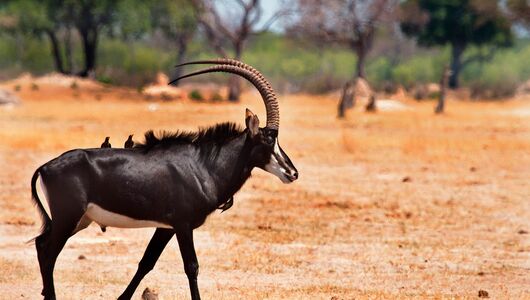
After breakfast you will be driven to the Khwai Airstrip - a small gravel landing strip in the bush, where you may see animals on the runway before they are scared away by the aircraft coming in to land. After a short flight over the beautiful but impassible terrain, which you can really appreciate from the air, you will land at the small airport at Kasane, which is not far from the River Chobe. Here you will be met and driven to your lodge, where you will eat lunch (at your own expense).
During the afternoon there will be a sundowner cruise on the river, where it will be possible to see crocodiles, hippos, elephants and many other species of animals that live close to the river. The sunsets over the river are incredibly beautiful. You will then return to the lodge, where dinner is waiting (dinners is at your own expense), and enjoy a relaxing evening.
Overnight at the Chobe Safari Lodge (or similar) - lunch and dinner at your own expense.
DAY 8: CHOBE - HWANGE NATIONAL PARK; ZIMBABWE
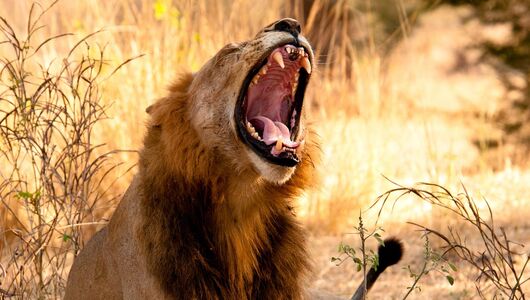
This morning after leaving Chobe, you will cross the border into Zimbabwe and drive to Hwange National Park, which is an excellent park for seeing the famous Big Five: elephant, buffalo, rhinoceros, lion and leopard. The nature of the accessible northern third of the park varies between flat, sandy areas with scattered vegetation, acacia savannah and a few more forested areas in the north eastern section of the park, plus areas more hilly in nature and with granite outcrops in the northwestern part.
Around 60 waterholes can be found in Hwange, most of which are artificial. In the larger waterholes you see hippos, crocodiles and turtles. On the savannah, close to waterholes, live many giraffe, zebra, wildebeest, warthogs and countless antelopes, including some of the largest and most impressive species such as greater kudu, eland, roan, sablel and waterbuck. The park also houses large populations of baboons, spotted hyena and not least, the otherwise rare African wild dog. You will visit The Painted Dog Conservation Center, where you can get an insight into the important conservation efforts being made here to help protect the African wild dog.
Overnight at Sable Sands Lodge (or similar) including full board.
Distance driven during the day: circa 270km.
DAY 9: HWANGE NATIONAL PARK, ZIMBABWE
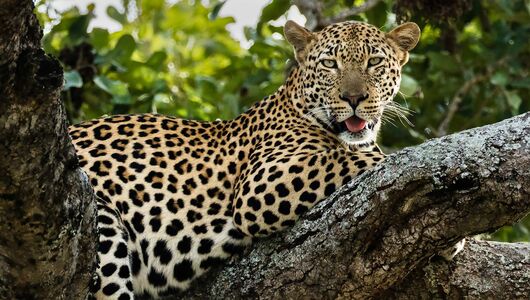
The whole day will be spent on safari in Hwange National Park, and without doubt the day will offer some exciting encounters with the local wildlife. Picnic lunch in the park.
Overnight at Sable Sands Lodge (or similar) including full board.
DAY 10: HWANGE NATIONAL PARK - VICTORIA FALLS
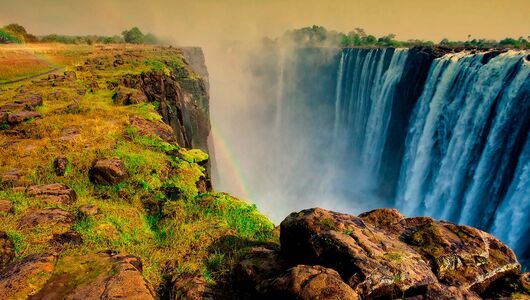
After breakfast we leave Hwange National Park and drive to Victoria Falls. Here we will have a guided tour of this impressive waterfall, which is an incredible sight, no matter which season you visit it in. Huge amounts of water cascade 100m down into the gorge below the falls, which are almost 1.6km wide, but there is significantly more water in the river during the spring than in the autumn. After checking in to your accommodation we have the rest of the day free. There are plenty of activities available around the falls you can challenge yourself with.
Overnight at Ilala Lodge (or similar) including full board.
Distance driven during the day: circa 190km.
DAY 11: VICTORIA FALLS
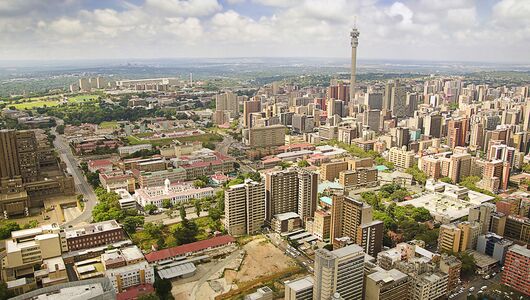
The whole day is at your disposal to explore the area around Victoria Falls. You can book many adrenaline filled activities such as bungy jumping from Victoria Falls Bridge, white water rafting on the lower section on the River Zambezi, or a helicopter tour over the falls. For the slightly less adventurous you can take a boat trip on the Zambezi, go fishing or enjoy an elephant safari. Your guide will of course help you to book any extra activities.
You can also choose to simply relax in the peaceful surroundings of the lodge, or explore the small town of Victoria Falls.
Overnight at Ilala Lodge (or similar) including full board.
DAY 12: DEPARTURE FOR HOME
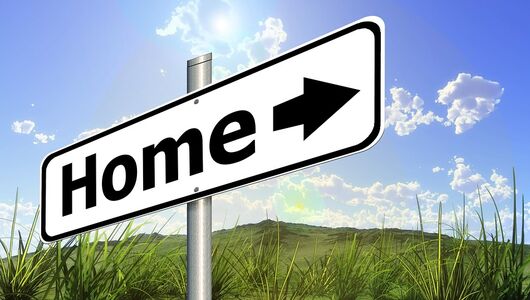
After breakfast you will be collected by your driver and taken to the airport to start your journey home. You will fly first to Johannesburg, where you will take an evening departure to Europe. If you are not flying directly to your home airport from Johannesburg, you will change to another flight in Europe.
DAY 13: ARRIVAL HOME

After catching connecting flights in Johannesburg and Europe you will arrive back in the early morning.
Accommodation on the tour

Khwai Bedouin Camp
Here at Khwai Bedouin Camp, a true wilderness experience awaits you in the heart of the bush, in the game rich Khwai private safari district. The camp is often visited by elephants, lions and various species of antelope. Khwai Bedouin camp is a relatively simple camp with just eight comfortable tents, all naturally equipped with comfortable beds, and en-suite bathroom and toilet. The public areas of the camp include a dining area, a small, well stocked bar, and an attractive fireplace, where you can share all the fantastic safari adventures you have experienced during the day.
Read more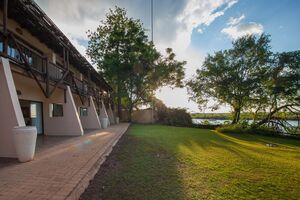
Chobe Safari Lodge
Chobe Safari Lodge is located in Kasane on the banks of the Chobe River and bordering Chobe National Park. The lodge is close to the borders of 4 different African countries: Botswana, Namibia, Zimbabwe and Zambia. This make Chobe Safari Lodge unique and it is perfectly placed to visit some the famous nearby attractions such as Chobe, Victoria Falls or Caprivi.
Read moreA’Zambezi River Lodge
The hotel consists of thatched bedrooms that line the grounds in a majestic arch. All 83 rooms have en-suite bathroom, tea & coffee making facilities, direct-dial telephone and satellite TV and air conditioning. There are two restaurants and many fun-filled activities for you to enjoy including; table tennis, darts and boats for hire. Majority of the rooms have balconies facing the river and swimming pool whilst the rest face the National Park and the gardens.
Read moreAttractions on the tour
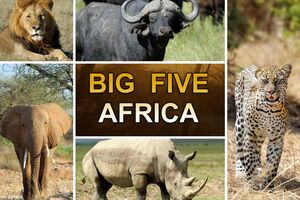
THE BIG FIVE
The Big Five is a historic term that comes from big game hunting. It groups together the five animals that were considered to require the most courage and skill to hunt: Elephant, rhino, buffalo, lion and leopard. The term has been readily adopted by today’s wildlife safaris, on which rifles have been swapped for a camera and animals are only “shot” through a telephoto lens. It is also widely used in the marketing of reserves, camps and lodges, where the “Big Five” can be found, and visitors have a reasonable chance of encountering them.
Read more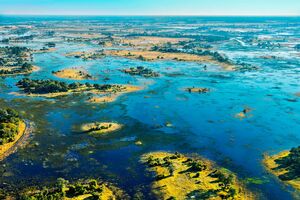
The Okavango Delta
Which animal characterises, or is the highlight of, a safari in the Okavango rather depends on where you stay. Here you can find both so-called “wet camps” and “dry camps”, if it is possible for you to do so staying in a combination of the two would be ideal. In the wetter areas the focus in on safaris in motor boats and in the so-called Mokoros - dug out canoes traditionally made from tree trunks, that can be polled silently through the swallow water.
Read more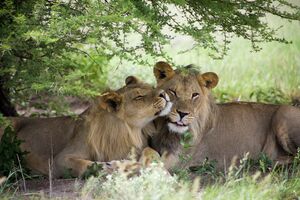
Moremi Game Reserve
Moremi game Reserve is a very popular destination, often combined with a visit to Chobe National park, which lies to the north east. Here, in an area of around 3,900km2, dry land and the delta meet creating a picturesque mosaic of either seasonal or permanent waterways, lagoons, rivers and forests. The terrain here means that on safari drives in Moremi Game Reserve, some areas many be inaccessible to vehicles at certain times of the year.
Read more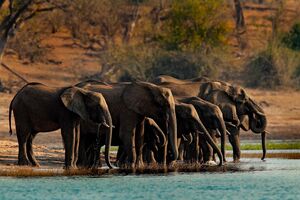
Linyanti & Khwai
There is naturally also a wide range of prey animals for these carnivores. These include, for example, zebra, which appear in large herds during the dry season, and a number of different antelope species. The area is also home to many of the larger game animals such as giraffe, buffalo, elephant and hippos as well as an impressive number of birds.
Read more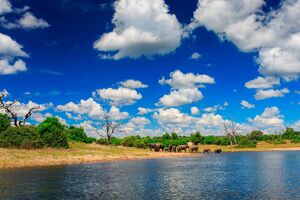
Chobe National Park
This national park offers a very varied wildlife experience, as broadly speaking, it covers two very different districts. The north of the park lies on the southern banks of one of the River Zambezi’s biggest tributaries, the Chobe River, on the gently sloping savannah, covered by many large trees, that run down to its waters. The river also forms the border with Namibia’s Caprivi province. In this section of the park elephants are undoubtedly the most dominant animal seen on a safari, whether it takes place in a car or on a boat in the river.
Read more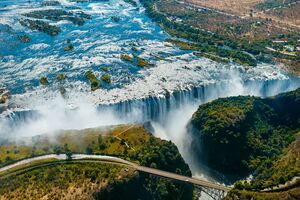
Victoria Falls
Victoria Falls is not only Zimbabwe’s biggest attraction, but also one of the whole most visited natural wonders. It is the biggest waterfall in Africa, and the second biggest in the world, and is simply so impressive that its dimensions are difficult to really comprehend: It is just over 1.7 km wide, it falls 108 meters at its highest point.
Read morePrices
The Price Includes:
- Flights as described
- Airport taxes and charges
- Lodge Safari in Botswana and Zimbabwe
- Sunset cruise on the River Chobe
- Game drives and transport in a fully equipped 4x4 safari vehicle
- Meals and activities as described in the itinerary
- Flight from Khwai to Kasane
- Guided tour of Victoria Falls
- Entrance fees to national parks reserves visited on tour
- Experienced, English speaking local guide
The Price does NOT Include
- Visa for Zimbabwe - and poss. Zambia (US$50 per person payable at the border of each country)
- Travel & cancellation insurance
- Optional activities at Victoria Falls
- Drinks
- Meals that are not described as included
- Tipping
- Single room supplement EUR
- Everything else not mentioned in “the price includes”
